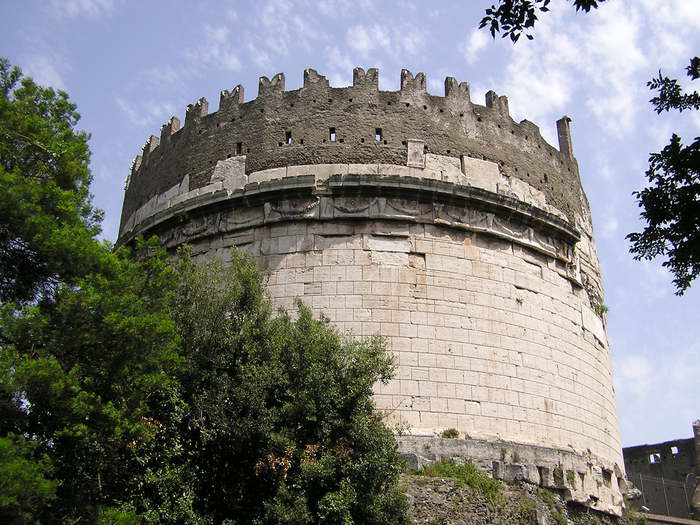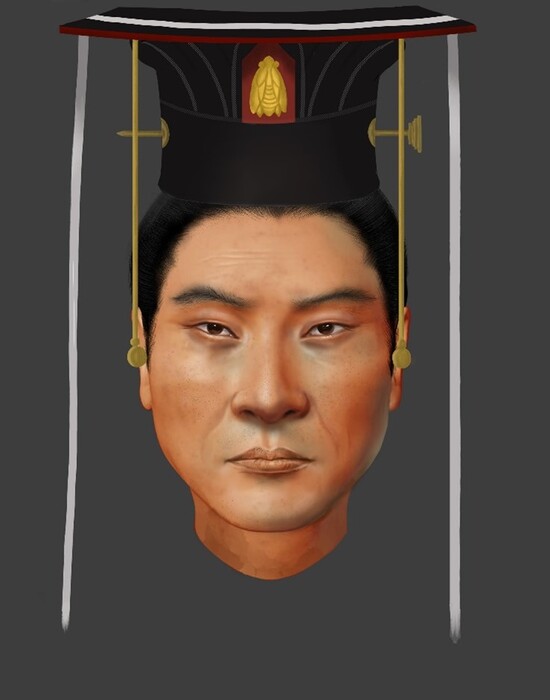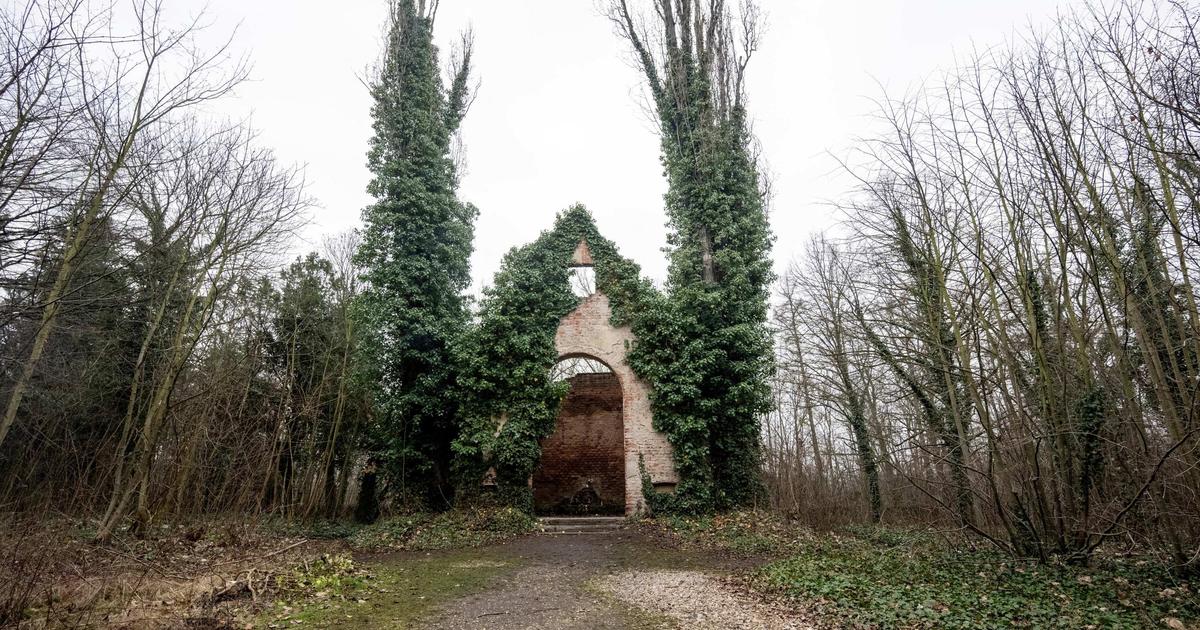Surprises from the tomb of Cecilia Metella, the mausoleum of the first century BC which is among the most famous in Rome: the material with which it was built, partly of volcanic origin, has interacted over the centuries with atmospheric agents, acquiring properties that they made it more resistant. This is indicated by the analysis published in the Journal of the American Ceramic Society by researchers from the Massachusetts Institute of Technology (MIT) in Boston, led by Admir Masic and Marie Jackson.
According to the researchers, the volcanic material chosen by the builders led to an unusual chemical interaction with the rain and groundwater that accumulated over two millennia. This construction is an example of the refined construction technologies in the late Roman Republic, described by the architect Vitruvius: "Building thick walls of rough bricks or with aggregates of volcanic rock, combined with mortar made with lime and volcanic tephra (porous glass fragments and crystals from the eruptions), could lead to structures that do not go into disrepair over time ".
Words that today turn out to be more true than ever. What the Romans did not know is how the crystals of leucite, a mineral rich in potassium, in the volcanic aggregate can dissolve over time, and remodel and reorganize the interface between the volcanic aggregates and the cement matrix, improving their cohesion. .
The tephra used for the mortar of Cecilia Metella's tomb had more potassium-rich leucite. Centuries of rain and filtered groundwater in the walls dissolved the leucite and released the potassium into the mortar. In modern concrete, the abundance of potassium could create expansive gels that could cause micro-cracks and possible deterioration of the structure.
In the tomb of Cecilia Metella the dissolved potassium is reconfigured in Cash's bricks (calcium-aluminum, silicate and hydrate) together with crystals of a mineral called stratlingite.
"The X-ray and spectroscopy analyzes have allowed us to see how the mortar has changed. The interface areas in the ancient Roman cement - concludes Masic - have constantly evolved by remodeling. Processes that have contributed to reinforcing and improving resistance. of these ancient materials ".















